E.G. Waterhouse Camellia – Williamsii Hybrid – 1 Gallon Pot
$44.97 Original price was: $44.97.$31.48Current price is: $31.48.
SKU: D2LSC 3496242111 Categories: Camellias, SHRUBS & BUSHES
- 7 days return and exchange
- 100% Quality Satisfaction
- Shop with Confidence
- No Compromise on Quality

E.G. Waterhouse Camellia
Camellia x williamsii ‘E.G. Waterhouse’
Plant Details
USDA Plant Hardiness Zones: 7a-9b Find Your Zone
Plant Type: Evergreen Flowering Shrub
Species: Williamsii Hybrid
Height at Maturity: 9-12′ depending on pruning
Width at Maturity: 6-9′ depending on pruning
Spacing: 6-7′ for solid hedge; 11-12’+ for space between plants
Flower Color: Pink
Flower Size: 4″
Flowering Period: Winter, Spring
Flower Type: Formal Double
Fragrant Flowers: No
Foliage Color: Dark Green
Fragrant Foliage: No
Berries: No
Berry Color: NA
Sun Needs: Morning Sun with Afternoon Shade or Filtered Sun, All Day Filtered Sun
Water Needs: Average, Lower when established
Soil Type: Clay (amended), Loam, Sand (amended), Silt
Soil Moisture / Drainage: Well Drained Moist
Soil pH: 5.0 – 6.5 (Acid)
Maintenance / Care: Low
Attracts: Visual Attention
Resistances: Deer – more info, Drought (when established), Heat, Humidity
Intolerances: Direct Afternoon Sun, Constantly Soggy Soil
Description
One of if not the longest flowering camellias in our gardens, E.G. Waterhouse produces an abundance of perfectly formed, absolutely gorgeous formal double flowers with true pink petals from mid winter to mid spring. Flowers begin to appear in January or February and continue through April! The glossy, dark green leaves provide the perfect backdrop for the medium to large flowers. The flowers are wonderful in a vase where they can be displayed in the home or float just one in a bowl of water.
Landscape & Garden Uses
Growing 9 to 12 feet tall and 6 to 9 feet wide, E.G.Waterhouse Camellia can be grown as a large shrub or small tree. As a shrub, it is ideal for use as a specimen, in groupings or as a hedge or background plant in partially shaded landscape borders and is especially nice as a corner plant or espalier (trained to grow flat against a wall) in home foundation plantings. As this camellia grows taller lower branches can be removed to form a small evergreen tree that serves well as a highly attractive focal point specimen in landscape borders and home foundation plantings. A fine addition to camellia gardens, pink theme gardens, cottage gardens, and cut flower gardens. Also suitable for containers that can be brought indoors during winter by those who live and garden above USDA Zone 7a, where this variety is not reliably winter hardy. Find Your Zone
Suggested Spacing: 6-7 feet apart for solid hedge; 11-12 feet or more apart for space between plants
Note: For our customers who live and garden north of USDA Plant Hardiness Zone 7a, where this Camellia variety is not reliably winter hardy, you’ll be happy to know it can be grown in containers that can be brought indoors during winter and placed back outside when temperatures warm up in spring.
Growing Preferences
Camellia adapt well to various soil types however prefer a moist but well-drained acidic soil that is rich in organic matter. Constantly soggy or wet soil is a slow killer. In general, Camellia grows and blooms better in partial shade with some shelter from the hot afternoon sun. Morning sun with afternoon shade or filtered sunlight is perfect. All-day filtered sun is fine.
Helpful Articles
Click on a link below to find helpful advice from our experts on how to plant and care for Camellias.
- Planting Camellias
- Pruning Camellias
- How To Fertilize & Water Camellias
- How To Espalier Plants & Trees
*Espalier (pronounced: ih-spal-yay) …an ornamental shrub or tree that has been trained to grow flat against a wall, fence, or other vertical, flat surface.
Plant Long & Prosper!
Meet The Wilson Brothers & Staff
Questions? Contact Us
I received them today and couldn’t be happier! Thanks so much and happy holidays!—————————————-Hope you enjoy it for years to come. Let us know if there’s ever anything else we can help you with. 🙂 – Beth | WBG
Be the first to review “E.G. Waterhouse Camellia – Williamsii Hybrid – 1 Gallon Pot” Cancel reply
Related products
New
Gardenias
New
SHRUBS & BUSHES
New
SHRUBS & BUSHES
New
SHRUBS & BUSHES
New
Hydrangeas
New
New
SHRUBS & BUSHES
New
SHRUBS & BUSHES












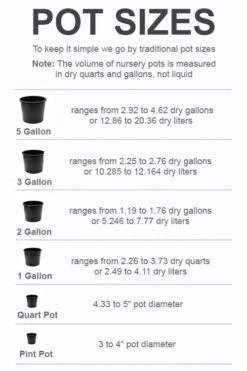


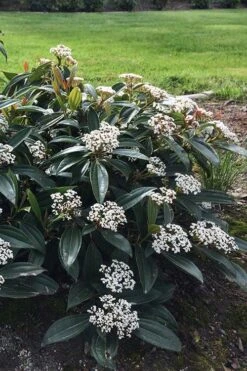

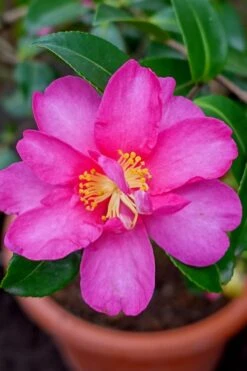
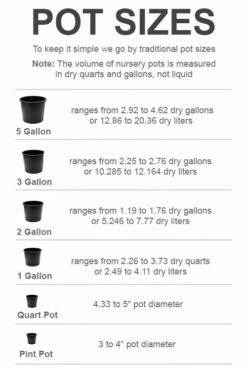

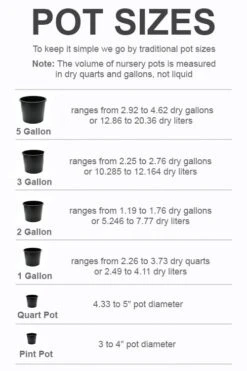
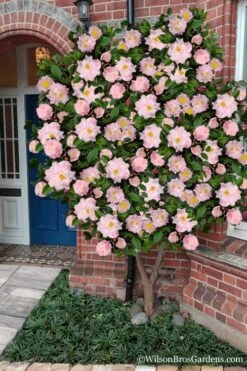
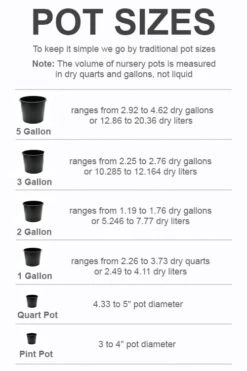


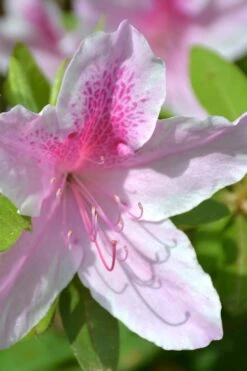

Reviews
There are no reviews yet.